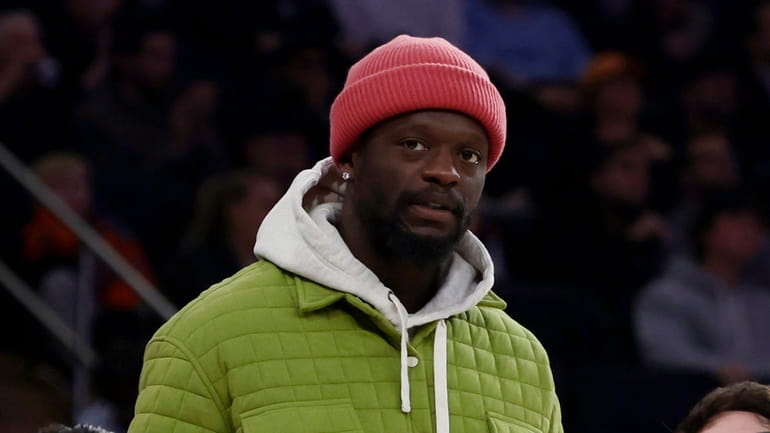Knicks' Julius Randle, OG Anunoby and Mitchell Robinson join shootaround in Cleveland

Julius Randle #30 of the Knicks looks on in the first half against the Detroit Pistons at Madison Square Garden on Monday, Feb. 26, 2024 in New York City. Credit: Jim McIsaac
CLEVELAND — They weren’t on the court when the game began, but the Knicks did take some positive signs from making the trip to Cleveland with Julius Randle, OG Anunoby and Mitchell Robinson along for the ride.
They did more than just come to cheer on their teammates. With clearance from the medical team to begin on-court activities, they joined the team at the morning shootaround to do work with the coaching staff.
“Just the next step now that they’re doing more on the court. All three of them,” coach Tom Thibodeau said before their 107-98 victory over the Cavaliers.
“[Randle] is working on the court. He’s doing stuff in the weight room. Stuff like that . . . He’s taken some light contact [with pads] but nothing with a player yet. So that’ll be the next step.”
Thibodeau said the progress Randle has made provides optimism that shoulder surgery will not be necessary.
“I worry about everything,” Thibodeau said. “But he’s making really good progress. So we’re hopeful that it’ll be soon. The way it’s going so far, I think he’s meeting all his markers. I think he feels good. So we’ll just see how it unfolds. I think we’re hopeful he’ll be fine. But you want to make sure that medically the doctors feel good about it [and Randle] feels good about it.”
Missing pieces
It wasn’t just the Knicks playing shorthanded. The Cavaliers were without Donovan Mitchell and Caris LeVert for the game at Rocket Mortgage FieldHouse.
Learning lesson for Cavs
Cavaliers coach JB Bickerstaff said the Knicks’ success against his team in the opening round of the playoffs last season, when they dominated the Cavs in five games, caused them to shift strategies this season.
“The job they did against us defensively . . . They did a great job of taking away what our strengths were because of the way they shrunk the floor and because we were pretty predictable,” Bickerstaff said. “We were really good at it, but you knew where our attacks were coming from.
“So it did open our eyes a little bit in the way where we needed to diversify and be more difficult to guard, come at you from different points of attack. So you try to learn from everything and we took it as a learning lesson.”

